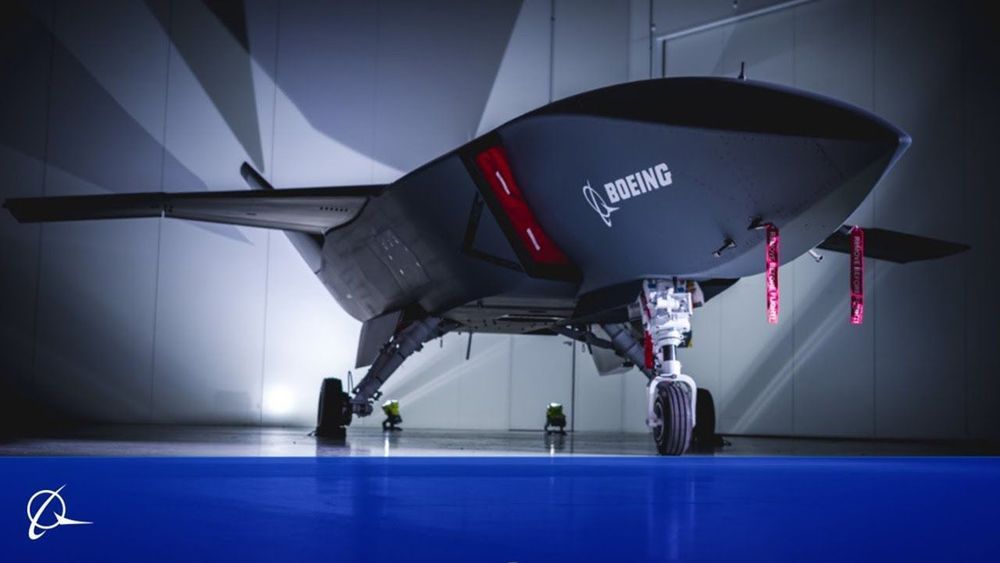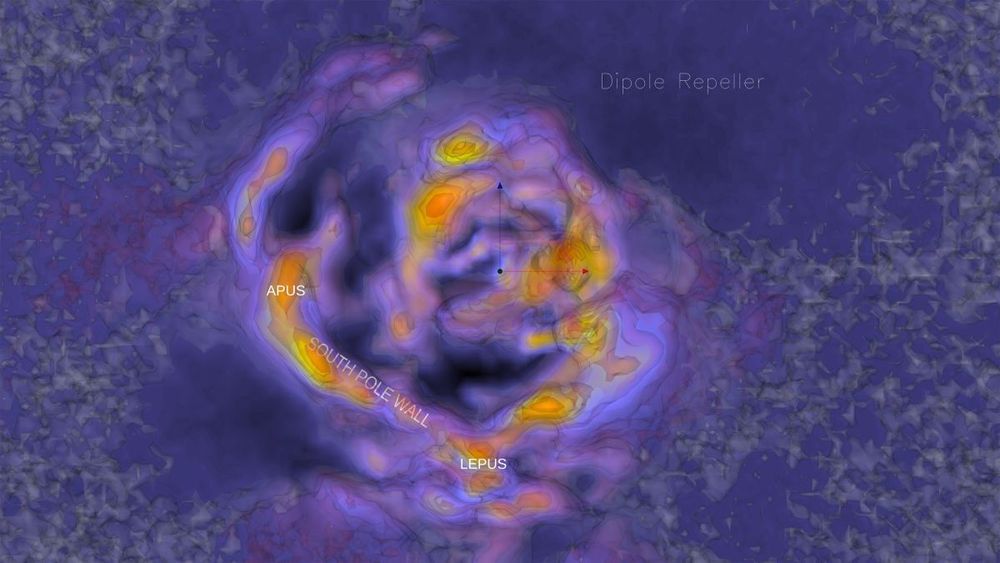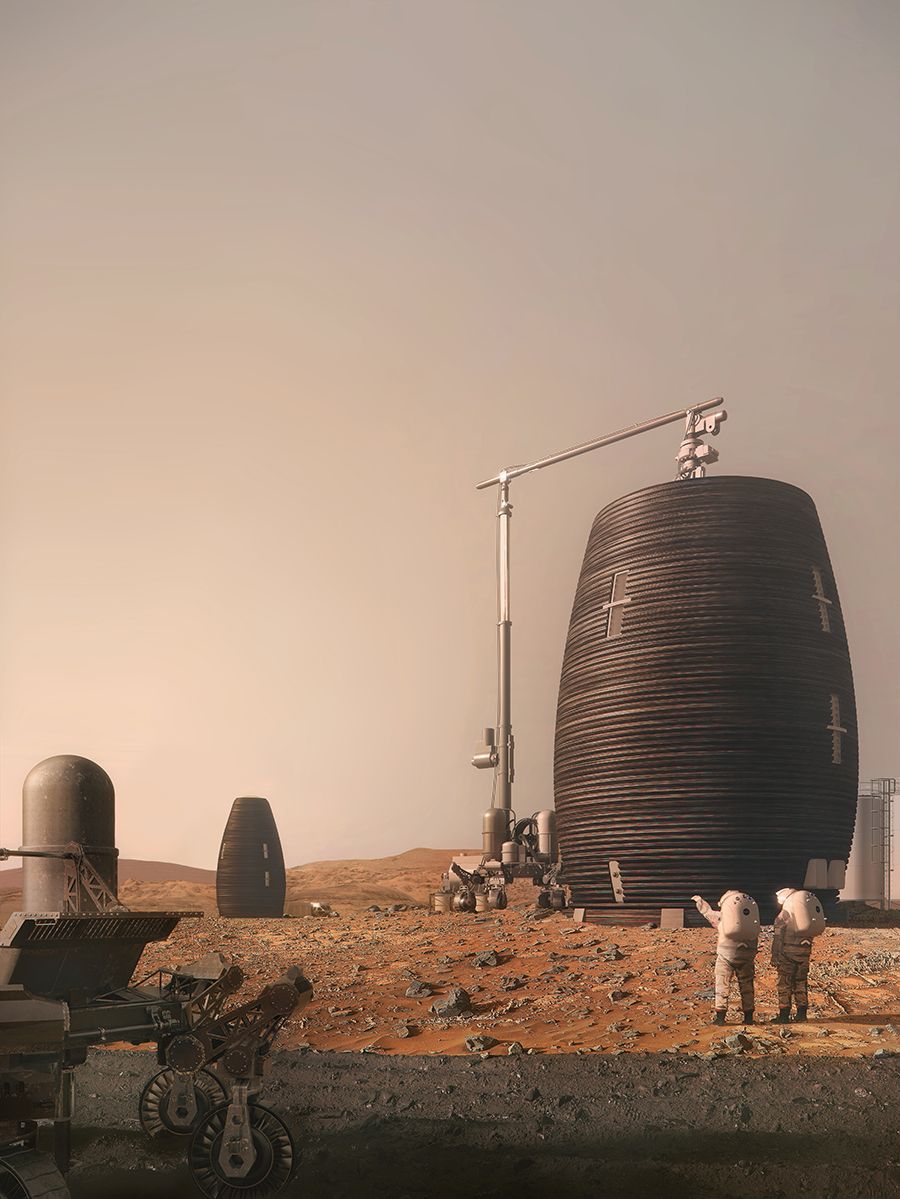A few scant equations can explain a variety of phenomena in our universe, over vast gulfs of space and time. Here’s a taste of just how powerful modern physics can be.


A few scant equations can explain a variety of phenomena in our universe, over vast gulfs of space and time. Here’s a taste of just how powerful modern physics can be.


Innovation.
The U.S. Air Force plans to have an operational combat drone by 2023. The service plans to build out a family of unmanned aircraft, known as Skyborg, capable of carrying weapons and actively participating in combat. The Air Force’s goal is to build up a large fleet of armed, sort-of disposable jets that don’t need conventional runways to take off and land.
The Air Force, according to Aviation Week & Space Technology, expects to have the first operational Skyborg aircraft ready by 2023. Skyborg will be available with both subsonic and supersonic engines, indicating both attack and fighter jet versions. The basic design (or designs) will likely be stealthy, carrying guided bombs, air defense suppression missiles, and air-to-air missiles inside internal weapons bays. Interesting, according to AvWeek, the Air Force is considering Skyborg as a replacement not only for the MQ-9 Reaper attack drone but early versions of the F-16 manned fighter.


Our Parker Solar Probe was at the right place at the right time to capture a unique view of comet #NEOWISE on July 5. Parker Solar Probe’s position in space gave the spacecraft an unmatched view of the comet’s twin tails when it was particularly active just after its closest approach to the Sun, called perihelion. https://go.nasa.gov/3fkqTdm
The first image is unprocessed data from Parker Solar Probe’s WISPR instrument, which takes images of the Sun’s outer atmosphere and solar wind in visible light.
The twin tails of comet NEOWISE are seen more clearly in the second image. This version of the image has been processed to increase contrast and remove excess brightness from scattered sunlight, revealing more detail in the comet tails.

CAPE CANAVERAL, Fla. (AP) — A newly discovered comet is streaking past Earth, providing a stunning nighttime show after buzzing the sun and expanding its tail.
Comet Neowise swept within Mercury’s orbit a week ago. Its close proximity to the sun caused dust and gas to burn off its surface and create an even bigger debris tail. Now the comet is headed our way, with closest approach in two weeks.
NASA’s Neowise infrared space telescope discovered the comet in March.

Knowing how the universe looks on such large scales helps confirm our current cosmological models, Neta Bahcall, an astrophysicist at Princeton University in New Jersey who was not involved in the work, told Live Science. But determining where exactly these enormous, crisscrossing structures begin and end is tricky, she added.
“When you look at the network of filaments and voids, it becomes a semantic question of what’s connected,” she said.
In their paper, the team acknowledges that they may not have plotted yet the entirety of the vast South Pole Wall. “We will not be certain of its full extent, nor whether it is unusual, until we map the universe on a significantly grander scale,” they wrote.

A huge comet fizzing past Earth has been captured in dramatic footage recorded from the International Space Station.
Posted to social media on Tuesday, the timelapse video shows the icy object Neowise trailed by its dazzling white tail.
Viewers may be forgiven for thinking the comet is heading towards Earth in the clip, but this is just a trick of the eye.

Quantum information scientists have introduced a new method for machine learning classifications in quantum computing. The non-linear quantum kernels in a quantum binary classifier provide new insights for improving the accuracy of quantum machine learning, deemed able to outperform the current AI technology.
The research team led by Professor June-Koo Kevin Rhee from the School of Electrical Engineering, proposed a quantum classifier based on quantum state fidelity by using a different initial state and replacing the Hadamard classification with a swap test. Unlike the conventional approach, this method is expected to significantly enhance the classification tasks when the training dataset is small, by exploiting the quantum advantage in finding non-linear features in a large feature space.
Quantum machine learning holds promise as one of the imperative applications for quantum computing. In machine learning, one fundamental problem for a wide range of applications is classification, a task needed for recognizing patterns in labeled training data in order to assign a label to new, previously unseen data; and the kernel method has been an invaluable classification tool for identifying non-linear relationships in complex data.